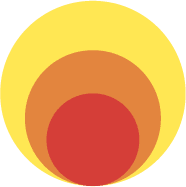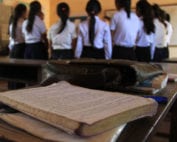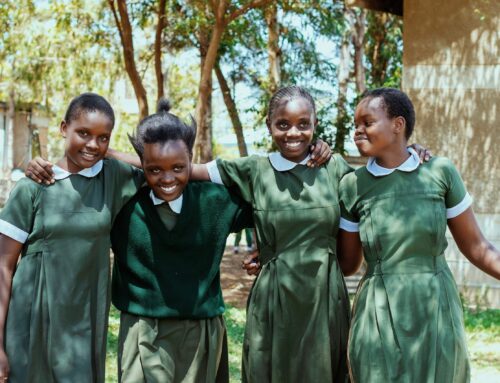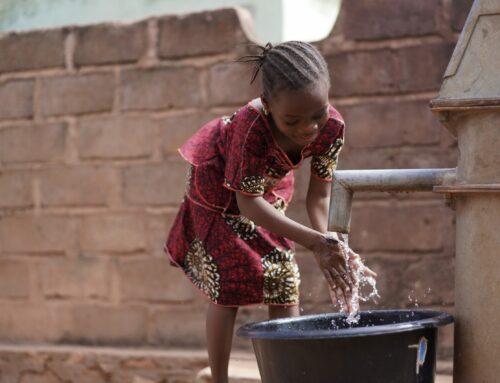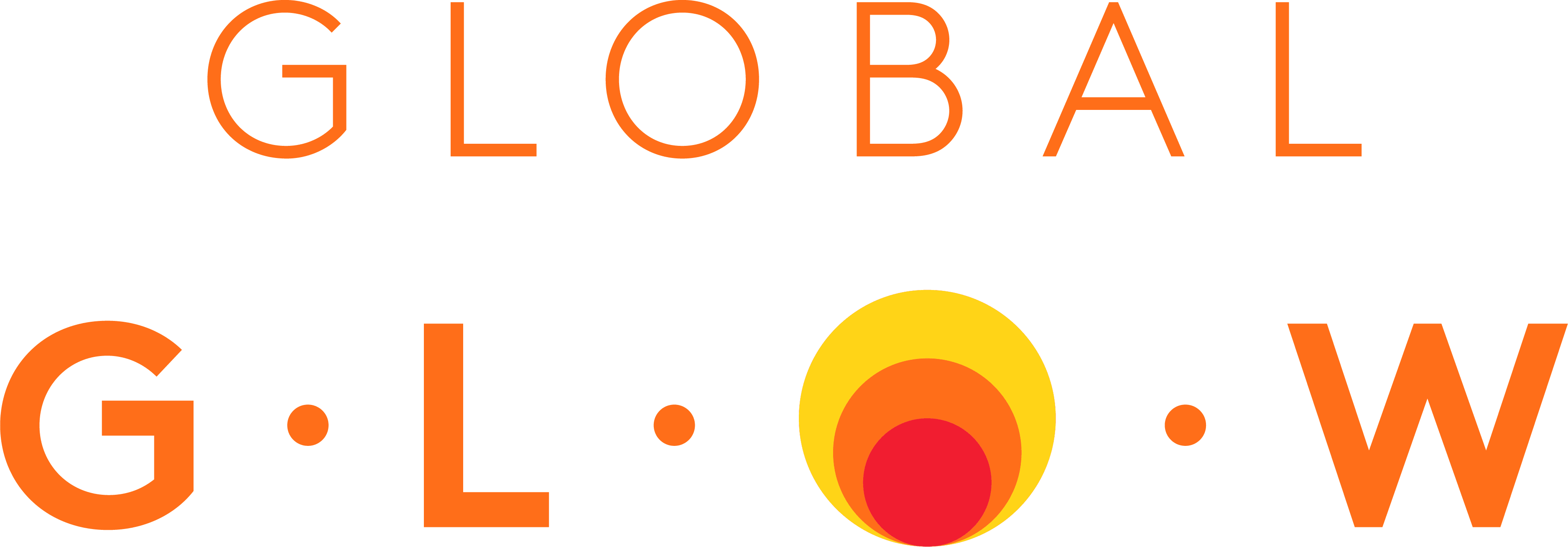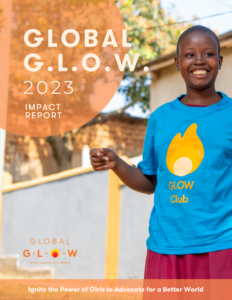For Girls in Africa, Education is an Uphill Fight
BALIZENDA, Ethiopia — Fatimah Bamun dropped out of Balizenda Primary School in the first grade, more than three years ago, when her father refused to buy her pencils and paper. Only after teachers convinced him that his daughter showed unusual promise did he relent. Today Fatimah, 14, tall and slender, studies math and Amharic, Ethiopia’s official language, in a dirt-floored fourth-grade classroom.
Whether she will make it to the fifth grade is another matter. Fatimah is facing the onset of puberty, and with it the realities of menstruation in a school where there is no latrine, no water, no hope of privacy other than the shadow of a bush, and no girlfriends with whom to commiserate. Fatimah is the only girl of the 23 students in her class. In fact, she is one of only three girls in the school who have made it past third grade.
Even the school’s female teachers say they have no choice but to use the thorny scrub, in plain sight of the classrooms, as a toilet.
“It is really too difficult,” said Azeb Beyene, who arrived here in September to teach fifth grade. “I decided right then I would leave.”
Here and throughout sub-Saharan Africa, schoolgirls can only empathize. In a region where poverty, tradition and ignorance deprive an estimated 24 million girls even of an elementary school education, the impact of nonexistent school toilets and water on girls’ attendance was until recently unfit for discussion.
In some of the region’s rural communities, menstruation itself is so taboo that girls are prohibited from cooking or even banished to the countryside during their periods.
That impact is substantial. Researchers throughout sub-Saharan Africa have documented that lack of sanitary pads, a clean, girls-only latrine and water for hand-washing drives a significant number of girls out of school. The United Nations Children’s Fund, for example, estimates that one in 10 school-age African girls either skip school during menstruation or drop out entirely because of lack of sanitation.
The average schoolgirl’s struggle for privacy is emblematic of the uphill battle for education in sub-Saharan Africa, particularly among girls. With just over 60 percent of eligible children enrolled in primary school, the region’s enrollment rates are the lowest in the world.
Beyond that, the enrollment rate among primary-school-aged girls is 8 percent lower than that of boys, according to Unicef. And of those girls who do enroll, 9 percent more of them drop out before the end of the sixth grade than boys.
African girls in poor, rural communities like Balizenda are even more likely to lose out. The World Bank estimated in 1999 that only one in four of them is enrolled in primary school.
The issue, child advocates say, is not merely fairness. The World Bank contends that if women in sub-Saharan Africa had equal access to education, land, credit and other assets like fertilizer, the region’s gross national product could increase by almost one percentage point annually. Mark Blacken, one of the bank’s lead analysts, said Africa’s progress was inextricably linked to the fate of girls.
“There is a connection between growth in Africa and gender equality,” he said in telephone interview. “It is of great importance but still ignored by so many.” The pressure on girls to drop out peaks with the advent of puberty and the problems that accompany maturity, like sexual harassment by male teachers and parental pressure to marry.
Female teachers who could act as role models are also in short supply in sub-Saharan Africa: they make up a quarter or less of the primary school teachers in 12 countries in the region, according to the Unesco.
Florence Kanyike, the Uganda coordinator for the Forum of Women Educationalists, a Nairobi-based organization that lobbies for education for girls, said the harsh inconveniences of menstruation in schools without sanitation were just one more reason for girls to stay home.
“They miss three or four days of school,” she said. “They find themselves lagging behind, and because they don’t perform well, their interest fails. They start to think, ‘What are we doing here?’ The biggest number of them drop out in year 5 or 6.”
Increasingly, international organizations, African education ministries and the continent’s fledgling women rights movements are rallying behind the notion of a “girl-friendly” school, one that is more secure and closer to home, with a healthy share of female teachers and a clean toilet with a door and water for hand-washing.
In Guinea, enrollment rates for girls from 1997 to 2002 jumped 17 percent after improvements in school sanitation, according to a recent Unicef report. The dropout rate among girls fell by an even bigger percentage.
Schools in northeastern Nigeria showed substantial gains after Unicef and donors built thousands of latrines, trained thousands of teachers and established school health clubs, the agency reports.
Ethiopia has also made strides. More than 6 of 10 girls of primary-school age are enrolled in school this year, compared with fewer than 4 in 10 girls in 1999. Still, boys are far ahead, with nearly 8 in 10 of them enrolled in primary school.
Unicef is building latrines and bringing clean water to 300 Ethiopian schools. But more than half of the nation’s 13,181 primary schools lack water, more than half lack latrines and some lack both. Moreover, those with latrines may have just one for 300 students, according to Therese Dooley, Unicef’s sanitation project officer.
In theory, at least, outfitting Ethiopia’s schools with basic facilities can be cheap and simple, Dooley said. Toilets need be little more than pits and concrete slabs with walls and a door; rainwater can be trapped on a school’s roof.
Still, she said, toilets for boys and girls must be clearly separate, and students who may have never seen a latrine must be instructed in the importance of using them. And the toilets must be kept clean, a task that frequently falls to the very schoolgirls who were supposed to benefit most.
Full article taken from NY Times Here
